Watercolor, brown ink, gouache, gum arabic on laid paper.
Italy.
Late 18th century. h. 21,2 in. ; l. 26,3 in. (each, unframed).
Two watercolors depicting the Roman Colosseum and Agrippa's Pantheon attributed to the vedutista Antonio del Drago, active in Rome in the late 18th century.
Many of the landscapes of Rome painted in the 18th century were imaginary views, or vedute, in which the artist often showed the City as it should have been, rather than as it actually was. This tendency can no doubt be explained by the state of the Roman monuments in the 18th century, which, according to British historian Christopher Hibbert :
…were less obvious than they are today, for in the eighteenth century Imperial Rome was almost lost beneath crumbling medieval walls, the array of sixteenth-century buildings erected during Paul V’s and Urban VIII’s pontificates, and the rubble and rubbish of hundreds of years. The arches of the theatre of Marcellus were filled in and inhabited by numerous poor families ; the Palatine Hill was overrun with gardens and weeds ; twice a week there was a market in the Forum ; the Arch of Severus was half buried ; and the Coliseum was let out to citizens who kept sheds for their animals there.
The technique used for these two vedute, watercolors enhanced with gouache and drawn in brown ink, is very similar to that of Antonio del Drago, a Roman vedutista active at the end of the 18th century. Another view of the Colosseum by Antonio del Drago, this one signed, is also painted in watercolor with brown ink, and is all the more similar to our pair in that it is an exactly complementary view of the Roman Colosseum. This view, sold at Christie's for 10,200 € on March 22, 2007, shows the Colosseum from the present-day Via Claudia ; our view, on the other hand, would show it from the Via dei Fori Imperiali.
The complementarity and similarity of these two views in terms of technique, aesthetic approach and perspective, even though the two views are not of the same format, suggest that this precise type of view of the Colosseum, executed using the same technique, was in Antonio del Drago's repertoire, and that the painter was accustomed to depicting the same monument using the same technique, but from different viewpoints.
With this view of the Roman Colosseum, actually the Amphitheatrum Flavium, Flavian amphitheatre, built under Vespasian on the site of Nero's Domus aurea, is added a view of the Roman Pantheon, built under Agrippa's third consulship, between 27 and 25 BC. Damaged and struck by lightning, it was rebuilt under Hadrian, who gave it its present form.
Consecrated by Pope Boniface IV in 610, the building was known to the Romans as Santa Maria ad Martyres, or as the basilica Santa Maria Rotonda. In the early 17th century, probably under Urban VIII, two bell towers were added above the façade of Santa Maria Rotonda. These two bell towers, built to designs by Bernini or Carlo Maderno, depending on the hypothesis, were not loved by all Romans, so much so that some of them mocked the name orecchie d'asino, the dunkey’s ears ; but Antonio del Drago must have had these bell towers before his eyes, just like Giovanni Panini or Hubert Robert when they painted their own vedute. Like Panini and Hubert Robert, however, Antonio del Drago decided to depict a partially idealised Pantheon, free of their orrechie d’asino. Piranesi, on the other hand, both depicts and does not depict the two bell towers : here, he depicts the modern Pantheon as it was before his eyes ; there, he depicts it as he imagines it must have been before it was restored, or as he thinks it should be. The same view also shows the obelisco Macuteo, installed in Piazza della Rotonda in 1711, above Giacomo della Porte's basin, erected there a century and a half earlier. Here again, Antonio del Drago took a few liberties with perspective, so that the obelisk does not obscure any part of the Pantheon's portico.
Nor did he depict the iron fences that barred the portico's eight Corinthian columns, depicted by Piranesi and shown in a famous veduta of the Piazza della Rotonda painted in watercolor by Rudolf von Alt in 1835, now at the Albertina Palace in Vienna.
Sources
Jean-Jacques Gloton, « Les obélisques romains de la Renaissance au néoclassicisme », in Mélanges d'archéologie et d'histoire, t. 73, 1961.
Christopher Hibbert, The Grand Tour, London, 1969.
William Lloyd MacDonald, The Pantheon. Design, Meaning and Progeny, Cambridge, 2002.



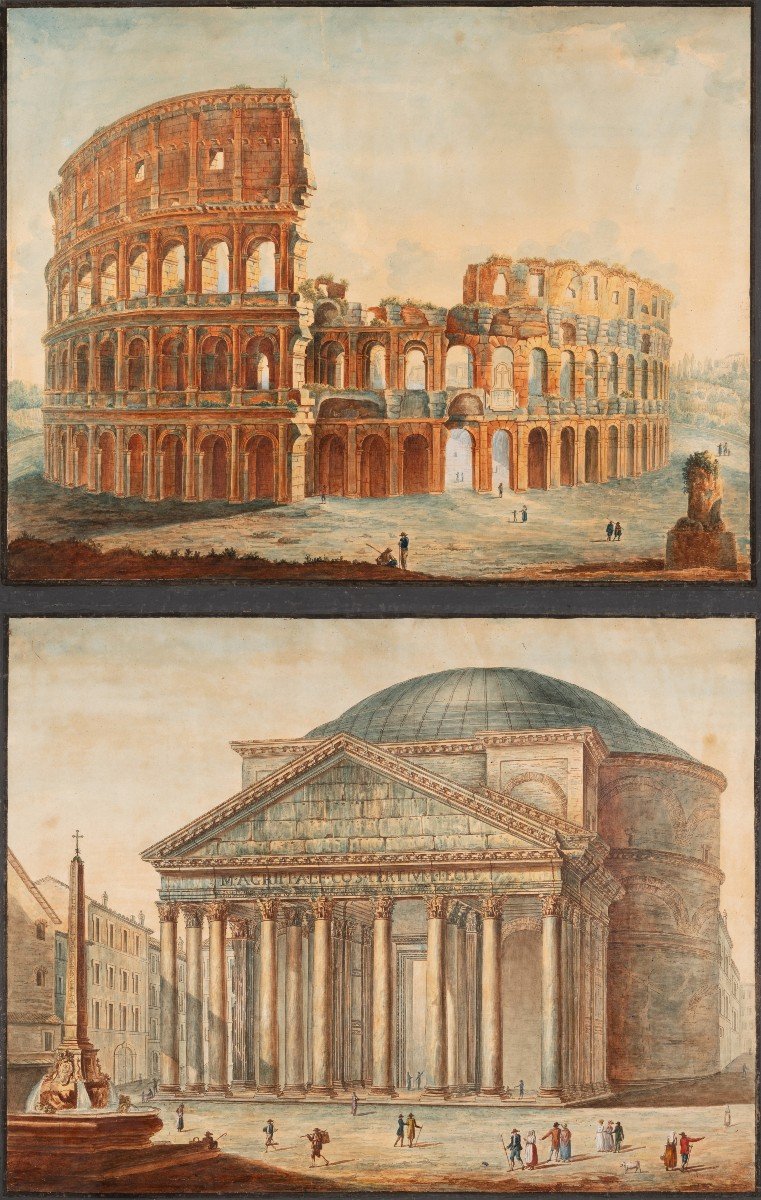

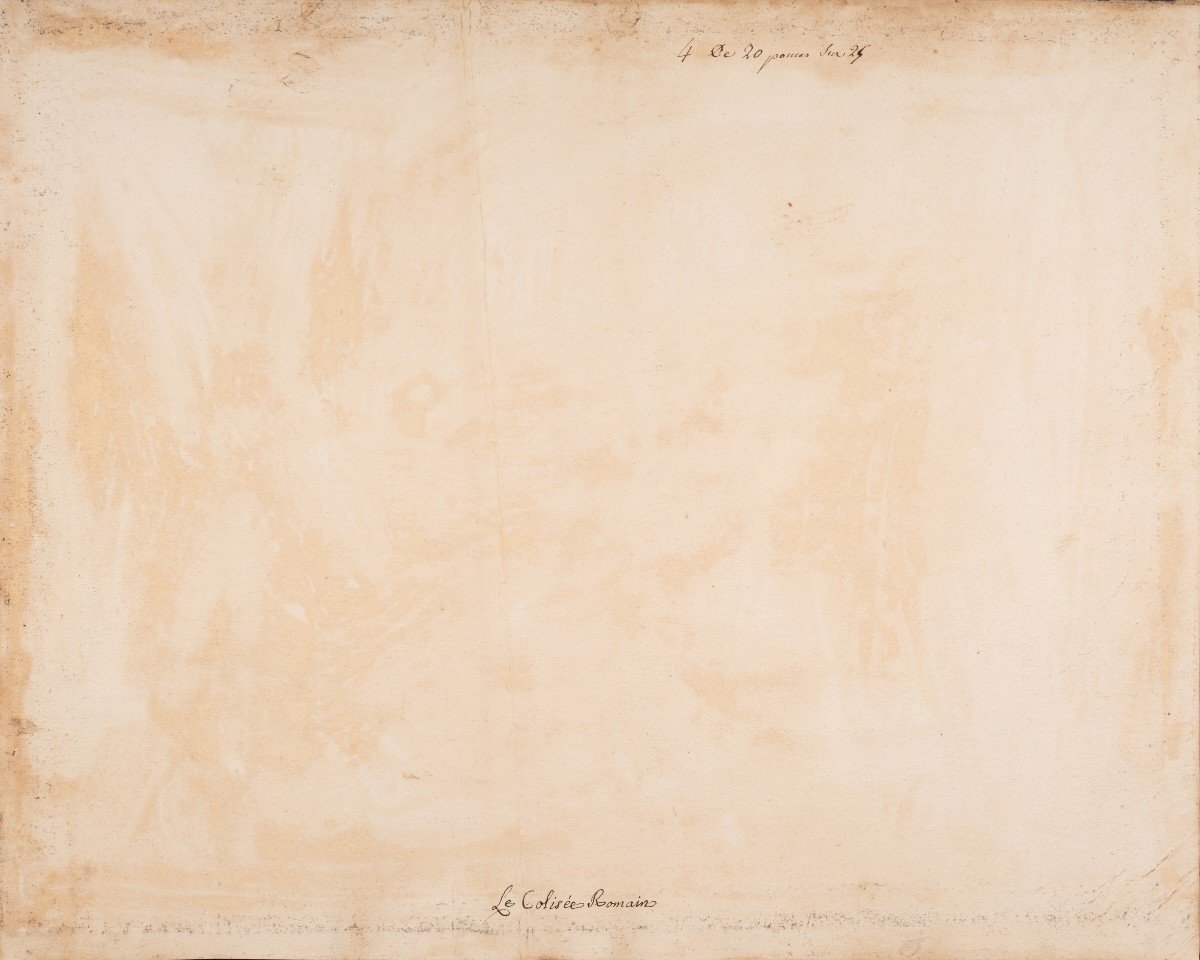
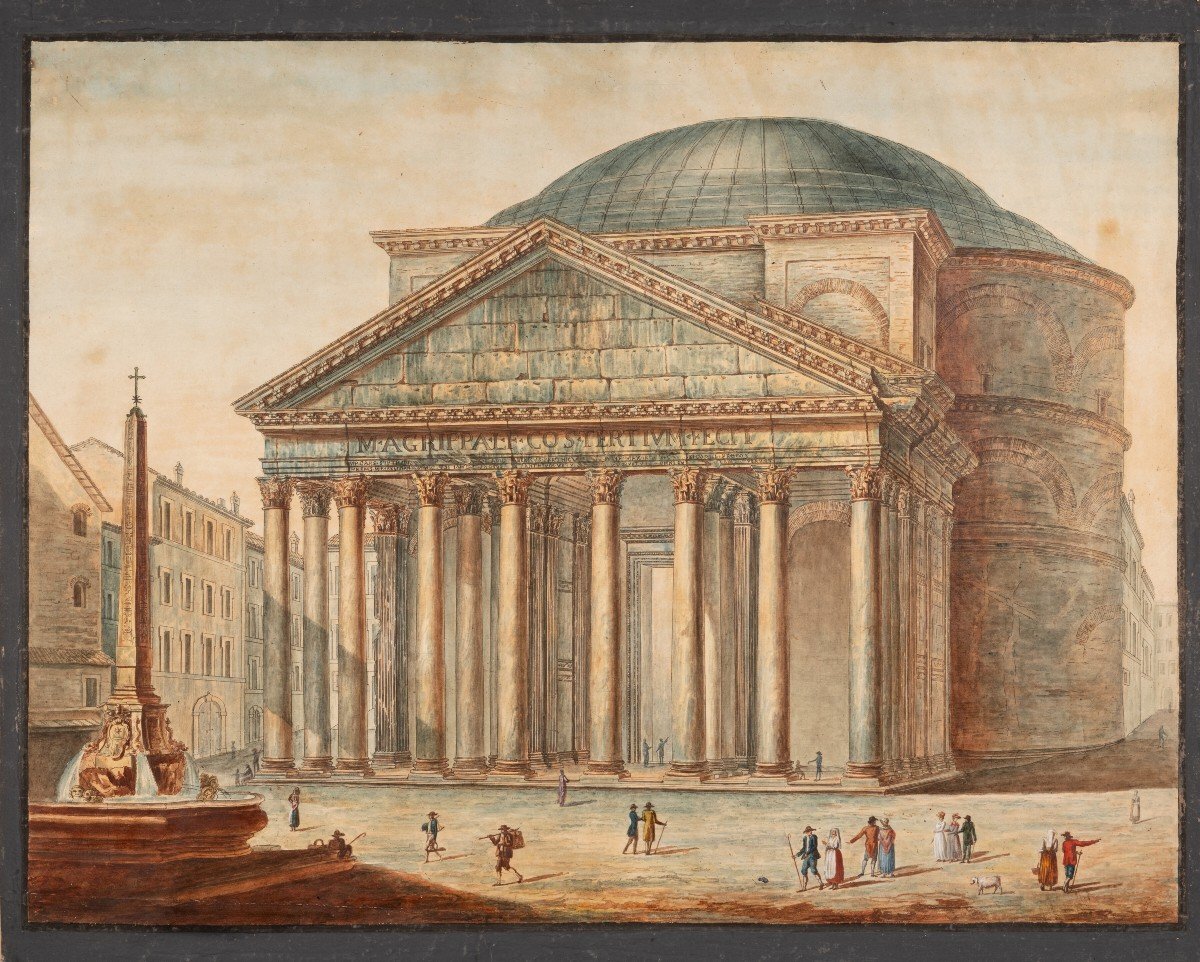
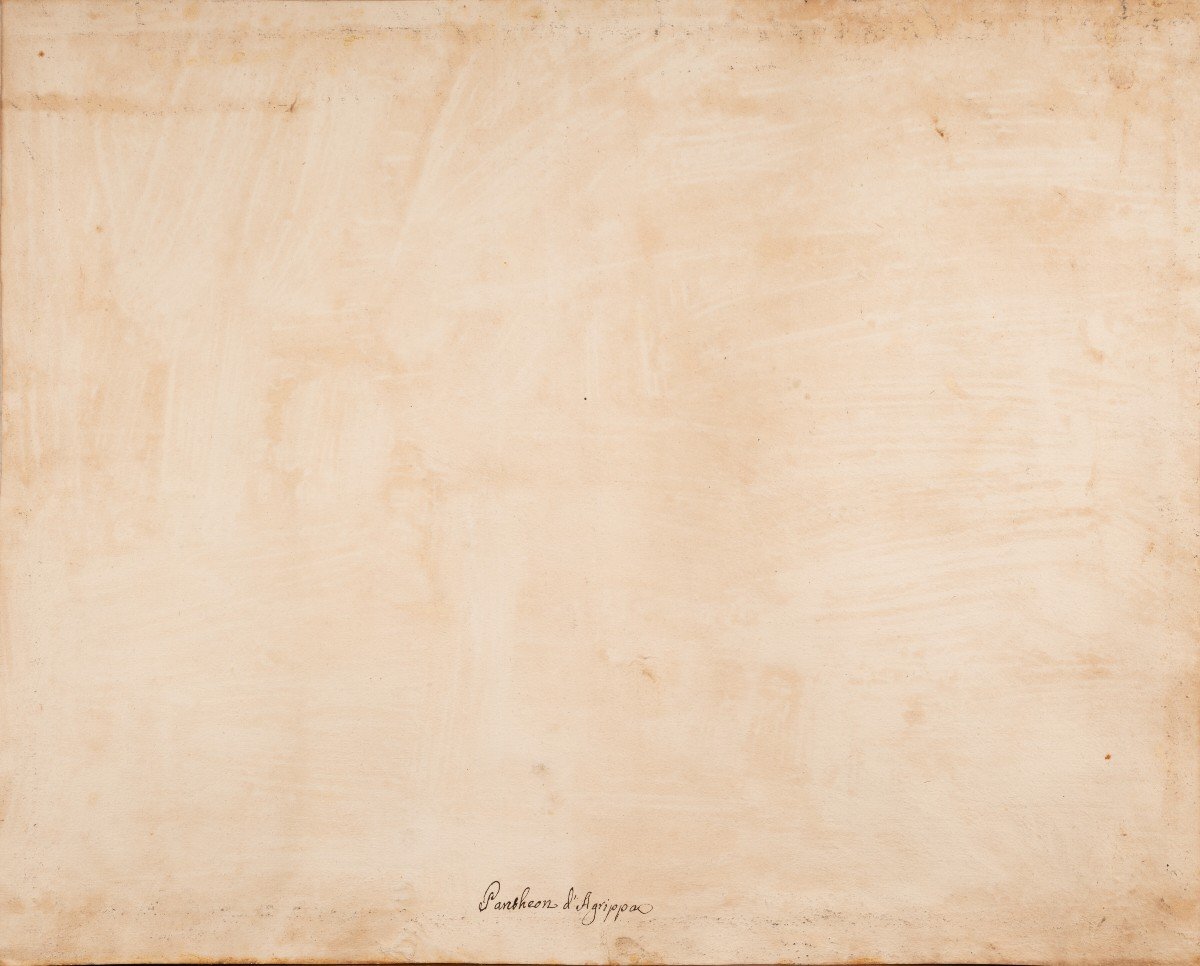

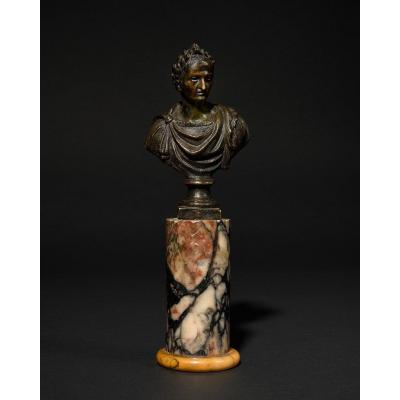

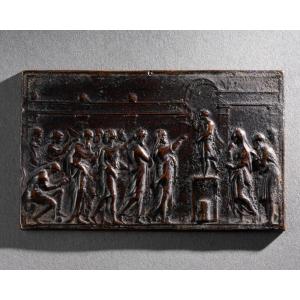
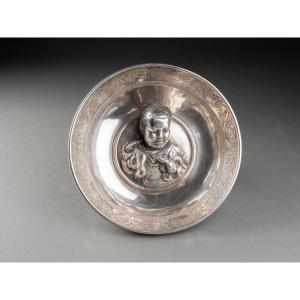



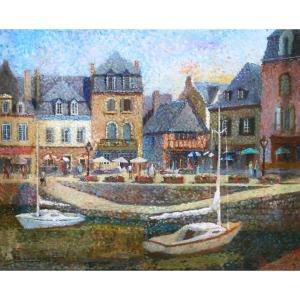

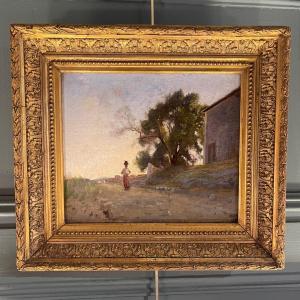
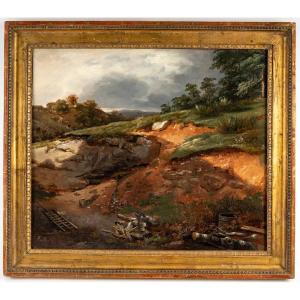



 Le Magazine de PROANTIC
Le Magazine de PROANTIC TRÉSORS Magazine
TRÉSORS Magazine Rivista Artiquariato
Rivista Artiquariato
